Some ruins are so melded with their surroundings that they seem as though they were always part of the scenery. Such special landscapes have embedded themselves in the consciousness of the local people, and it is impossible to imagine the ruins without the environment and the environment without the ruins.
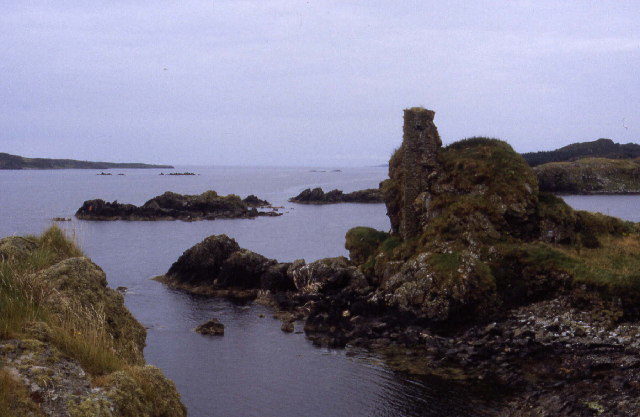
The union of human forces and the forces of nature have created many works of art across the Earth. And for such picturesque locations, usually abandoned a long time ago, it is hard to be believed that they are the ruins and remains of castles, churches, or other structures and not “ordinary” rocks. The amalgamation is so hypnotizing that it takes time for the eye and the mind to get used to the fact that people in the past lived, loved, fought, and died there.
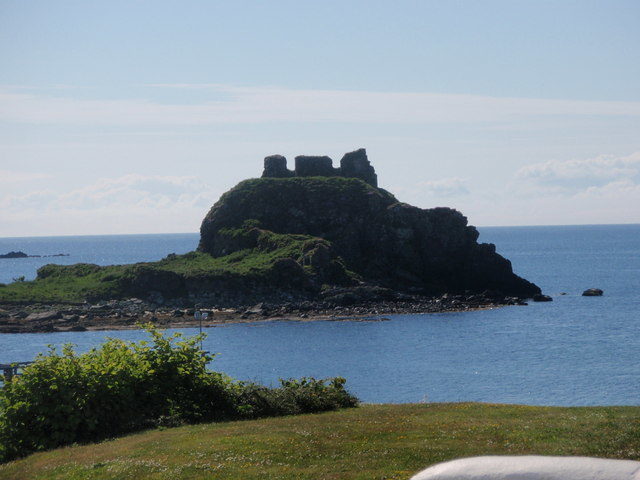
Dunyvaig Castle suffered a lot over the centuries. But the perpetual shaping of both forces of nature and humans have created beyond a shadow of a doubt a unique piece of art. Although the ruins of the castle are overgrown with vegetation and are constantly exposed to strong winds, rain, and waves, parts of the mighty medieval stronghold are still recognizable. And those parts are more than enough of a story to be told. Here, every stone has its own silent history. And it was certainly quite a turbulent history with many political and military turmoils.
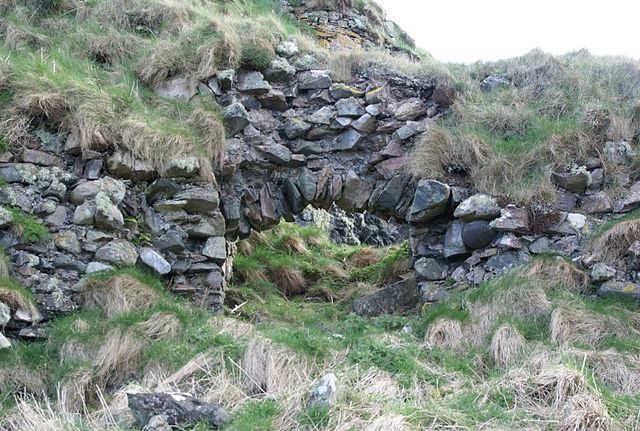
The remains of the Dunyvaig Castle are placed on the top of a small rocky cape above the Lagavulin Bay, near the small town of Port Ellen on the southeast coastline of the Isle of Islay, western Scotland. Most of the researchers claim that the ruins that are now visible are from the castle were erected in the 16th century. There are also some traces of structures from the 13th, 14th, and 15th centuries incorporated into the complex, like the 15th century keep and the 13th-century courtyards.
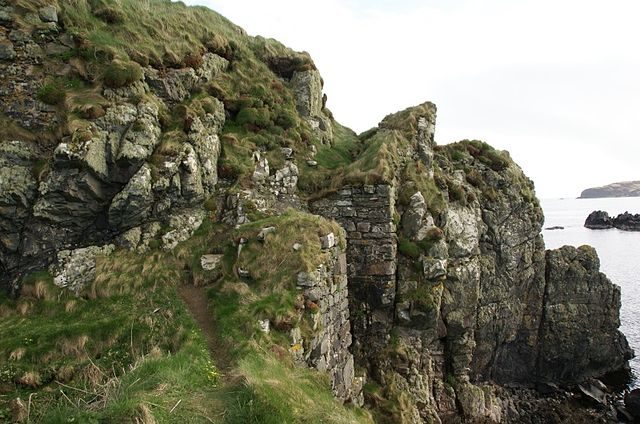
But much of the structures over the years have crumbled into the sea or have merged with the rock on which they were built. There are suggestions that the medieval castle was constructed in place of a much older hill fort or dun that dates back to the Iron Age. This is mainly because of the word ‘dun’ found in the name of Dunyvaig. This word means a fortified settlement constructed of stone primarily in the period of the late Iron Age and mostly in Ireland and Scotland.
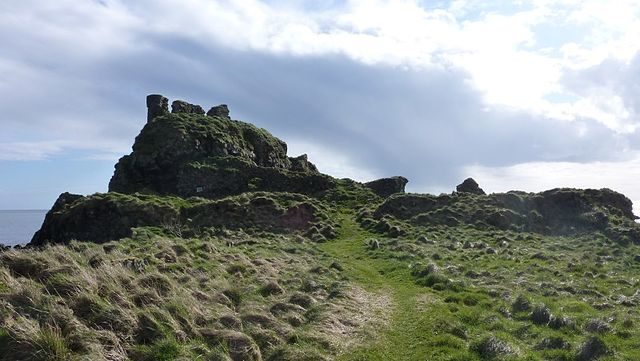
The fortified strategic position was a bastion and a naval base of the MacDonalds, Lords of the Isles. The waters in the bay, surrounded by many rocky inlets, provided a highly protected natural anchorage safe from attacks and thus an ideal port for their ships. Without a doubt, the site was seen as a strategically important location. According to some scholars, the first fortress was built in the 12th century when Isley was ruled by the Norse, but very little of the early buildings survived the passage of time. The castle was mentioned for the first time in written documents in the 14th century.
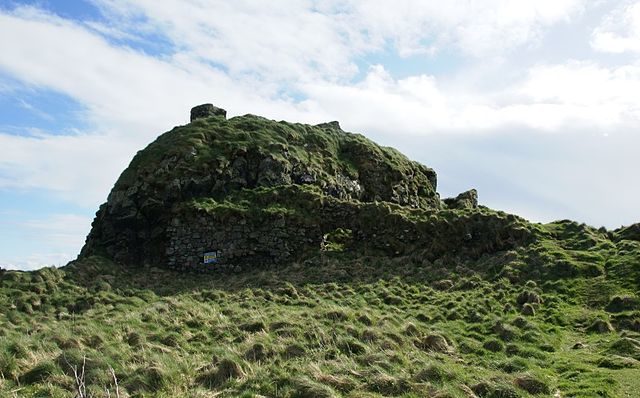
While it was in one piece, it had several owners. At different periods it belonged to the Maclans of Ardnamurchan, the MacDonalds and the Campbells. Actually the main struggle over the castle was between the MacDonalds and the Campbells. This two clans transferred the ownership of the stronghold few times. Sometimes the transfer was peaceful and sometimes violent, accompanied by several fierce battles that happened mainly in the 17th century. In 1608, the MacDonalds were forced to surrender the castle to the Crown and it was adapted into a royal garrison. In 1614, they took back the control. In 1615, the castle was partially destroyed during a siege by the royal forces under Sir Oliver Lambert with the help of Sir John Campbell and later rebuilt.
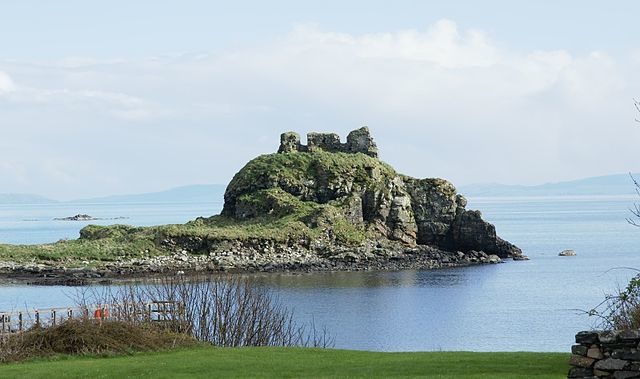
But probably the most violent event happened in 1647. The Covenanting Army led by David Leslie took control of the castle during a siege. During the battle, the defenders of the castle Alasdair “Old” Colkitto MacDonald was captured and executed by hanging on the walls of the castle by the clan Campbell. After that, the Campbells occupied the castle until 1677, when it was abandoned, deliberately demolished, and the site was never used as a residence. The last owner, Sir Hugh Campbell, moved into the much more comfortable Islay House. Since then Dunyvaig Castle decays in peace.
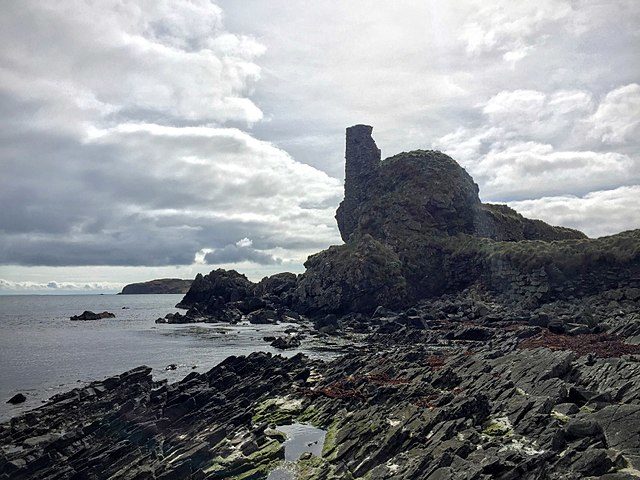
At its zenith, the castle was quite impressive in its size. Today, although overgrown with vegetation, only a small part of the once remarkably high main building still stands proudly over the sea waters. Archaeologists have also discovered the remains of the great (17 ft wide) sea gate, parts of the outer courtyard with the foundations of four rectangular buildings nestled within the fortified wall, and the smaller, inner triangular courtyard with the majestic archway located on the south side, which probably was part of the fortified entrance. Urgent repairs were made in 1998, but the whole structure is still unstable.
